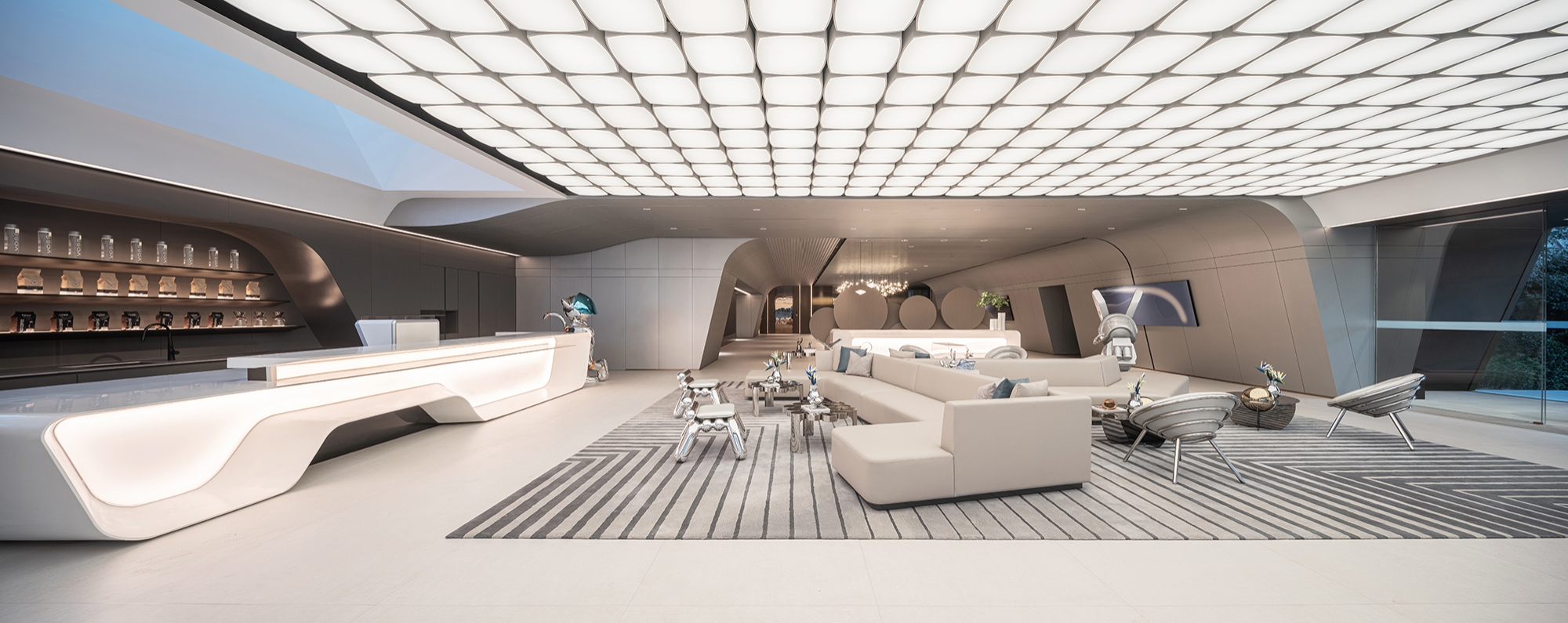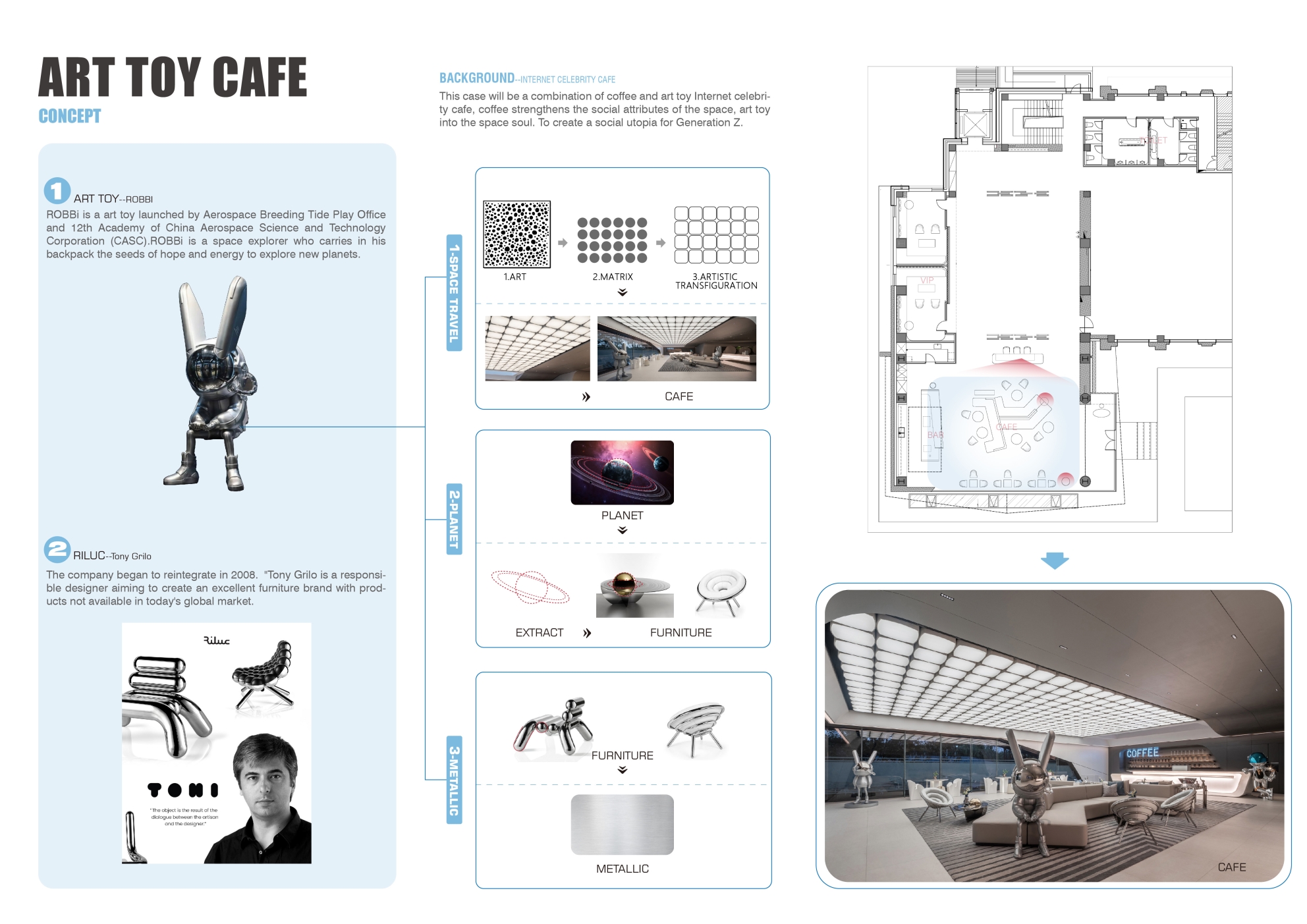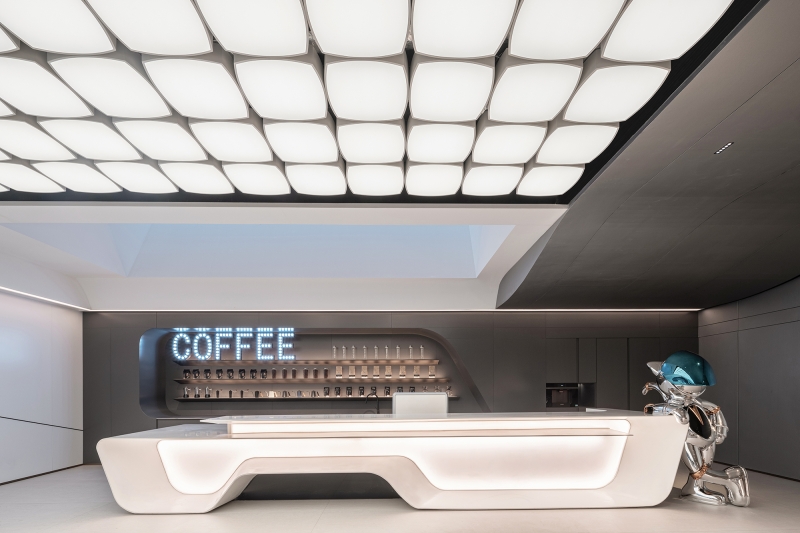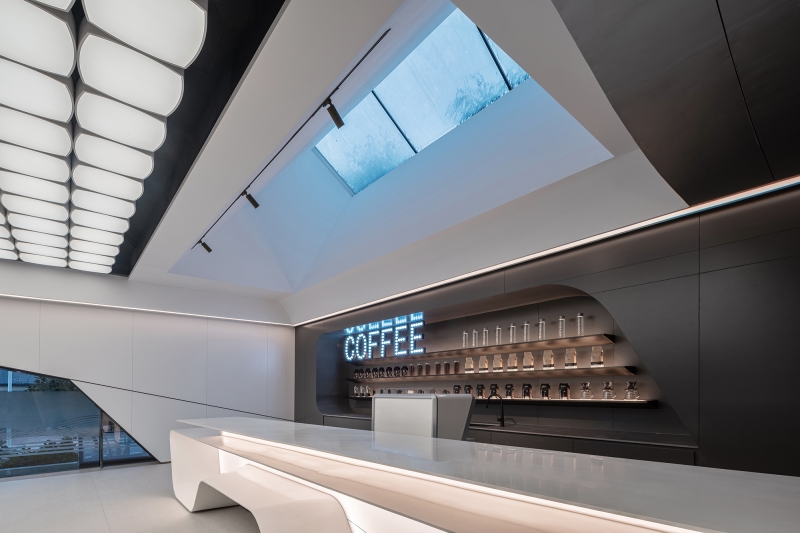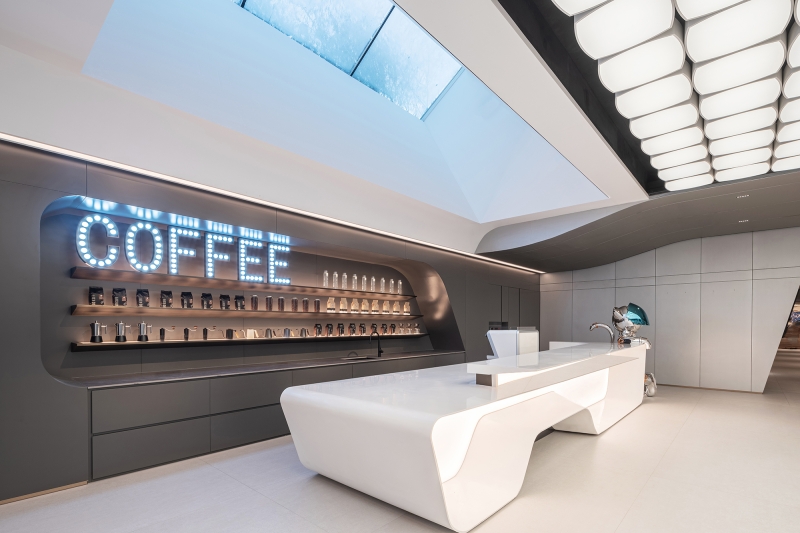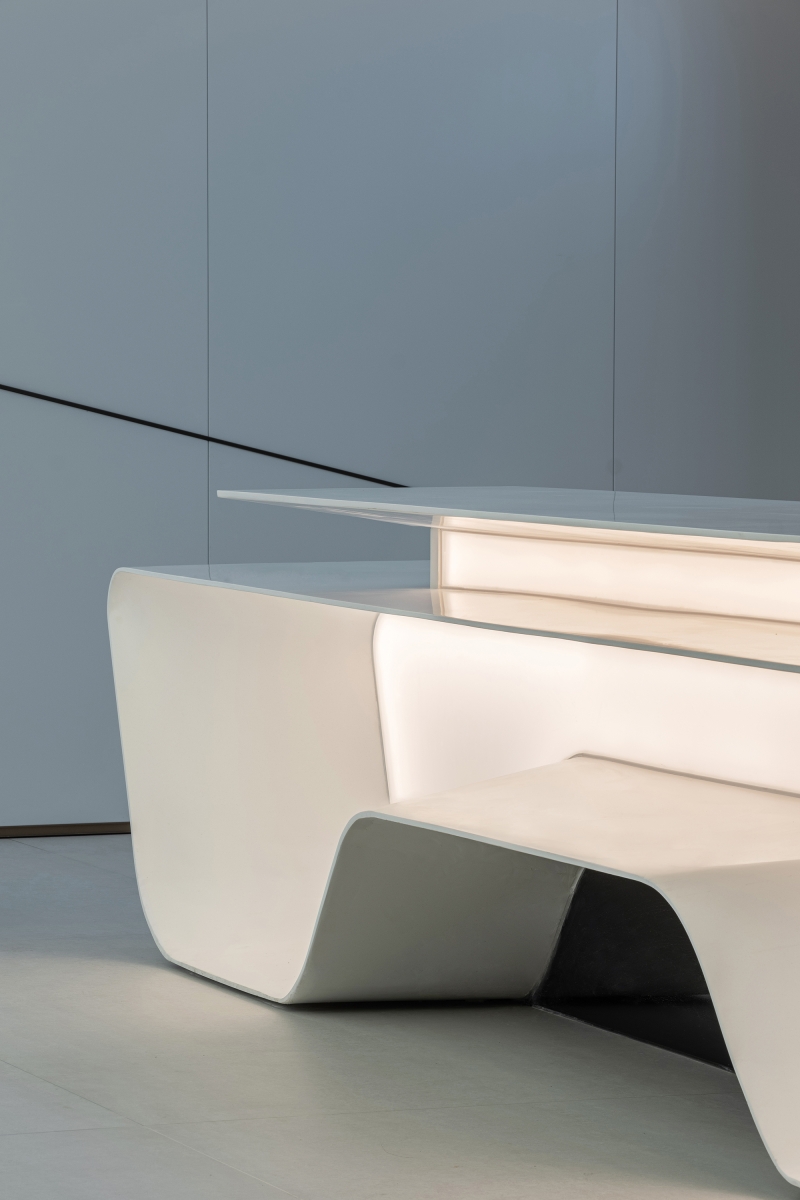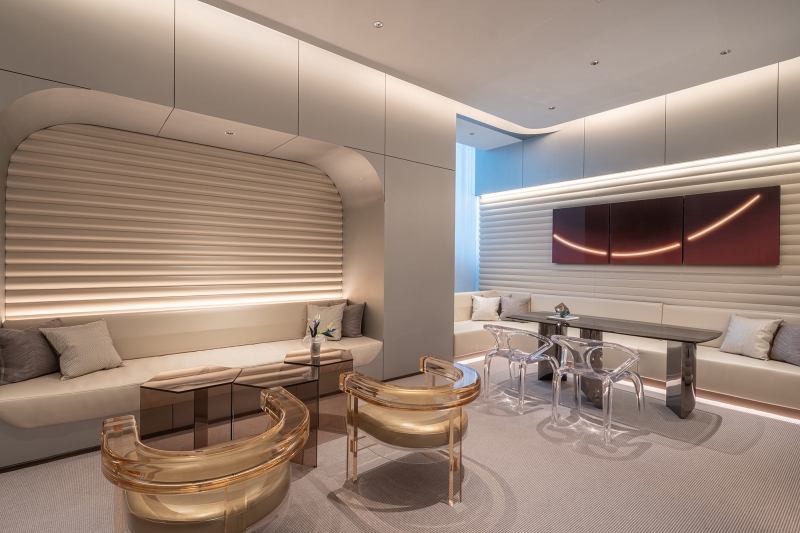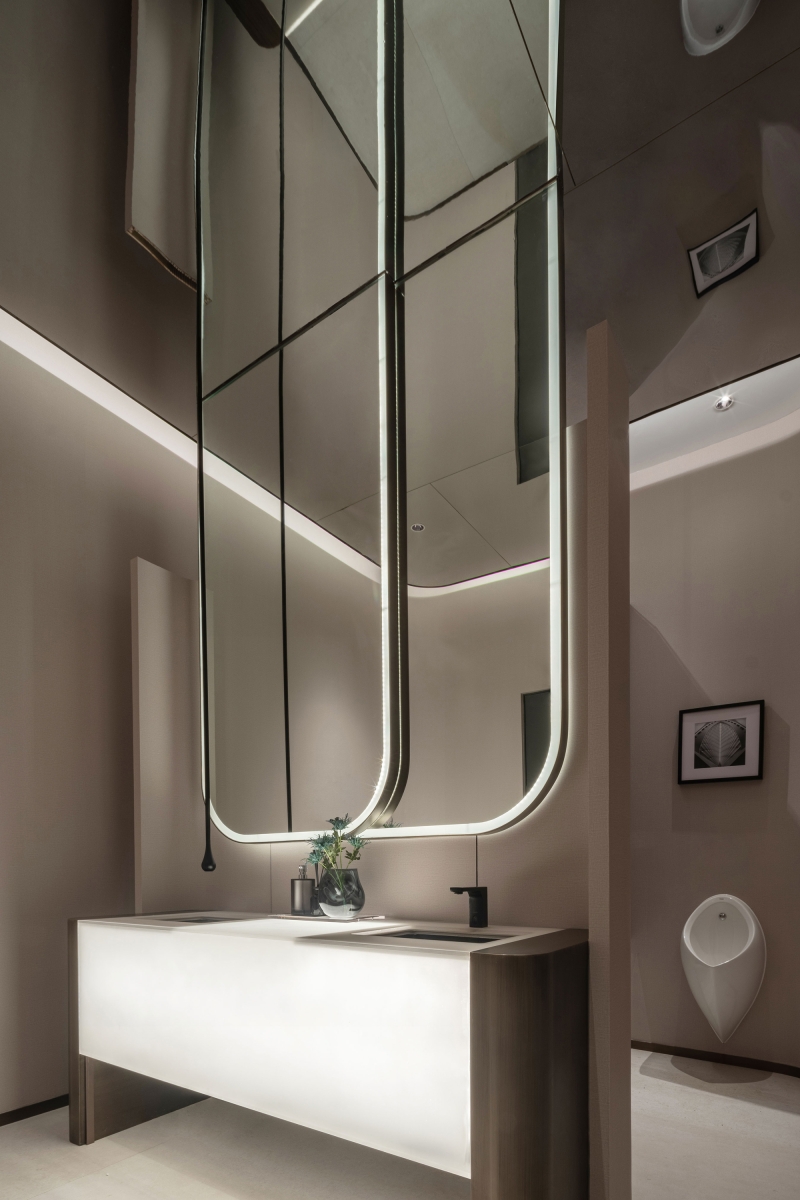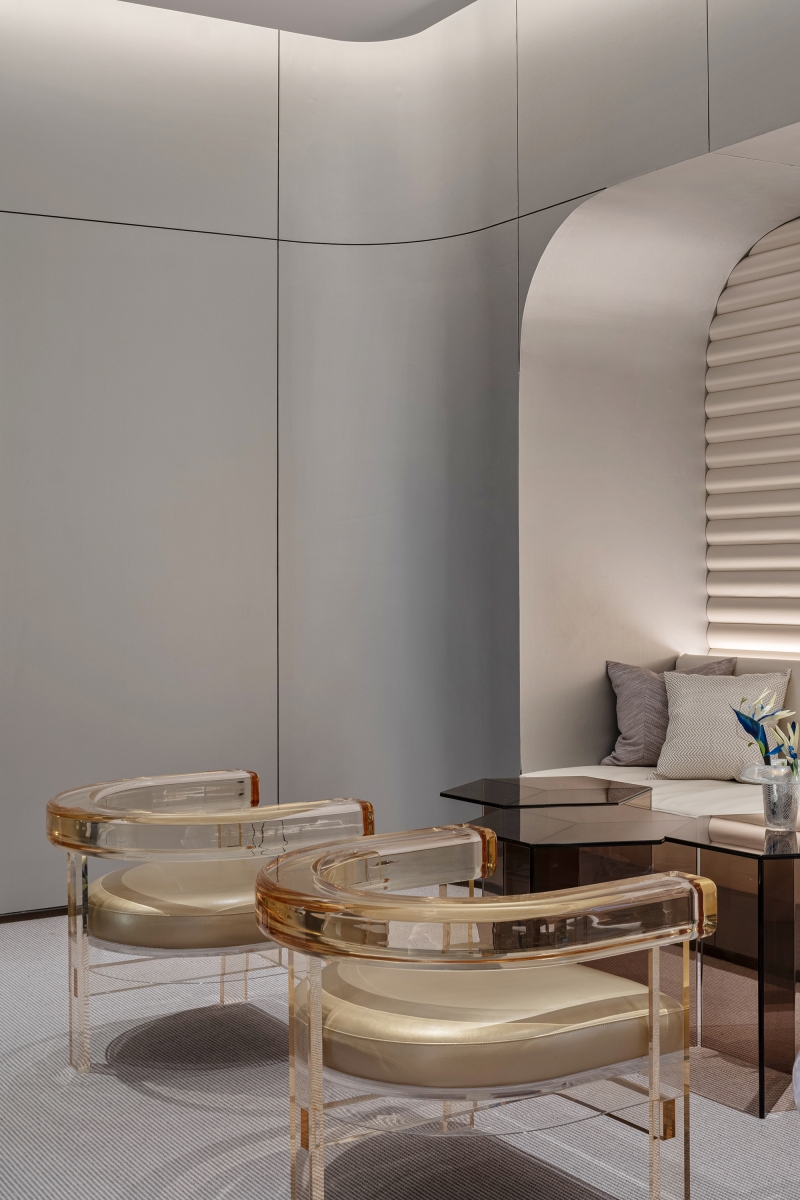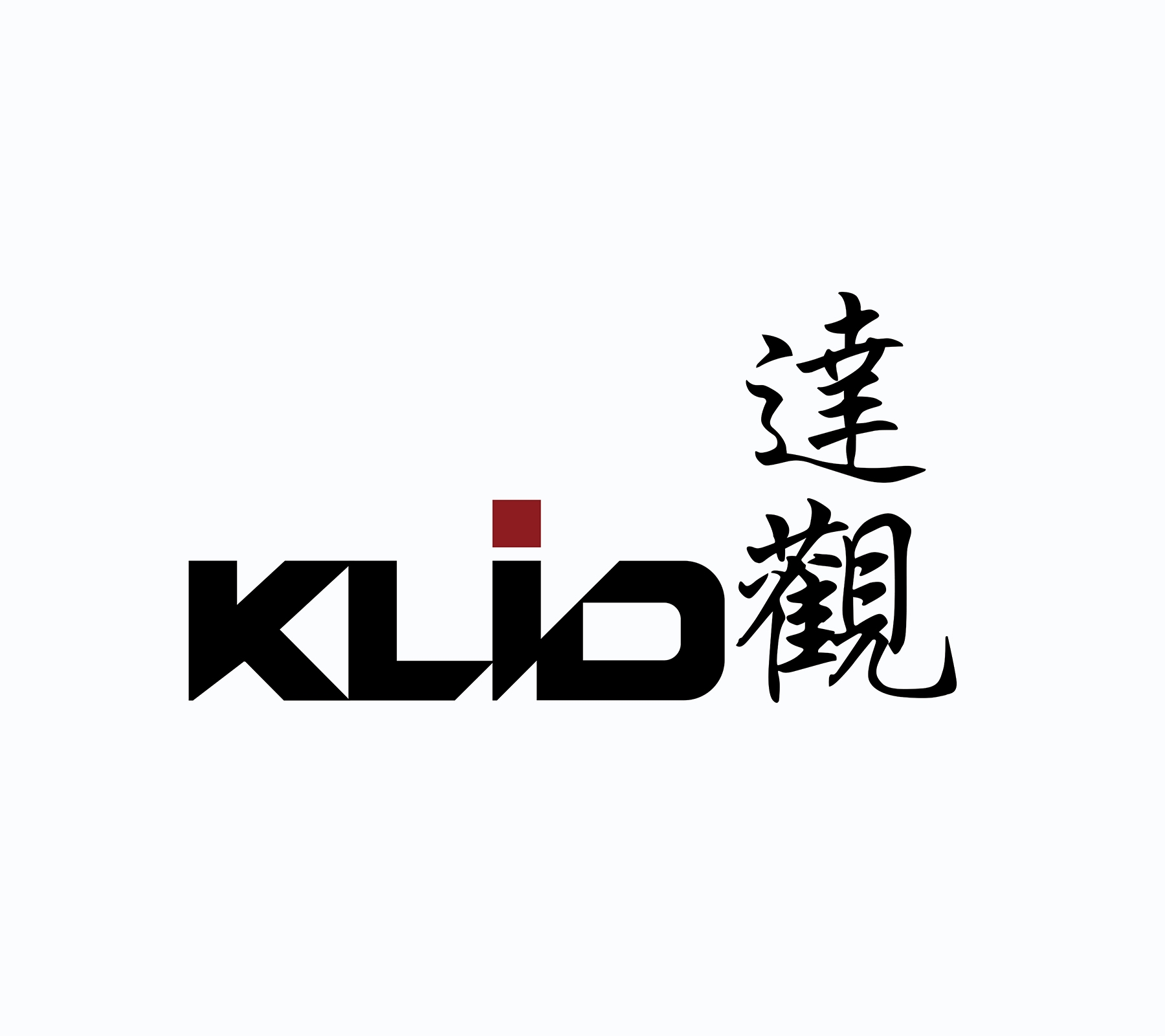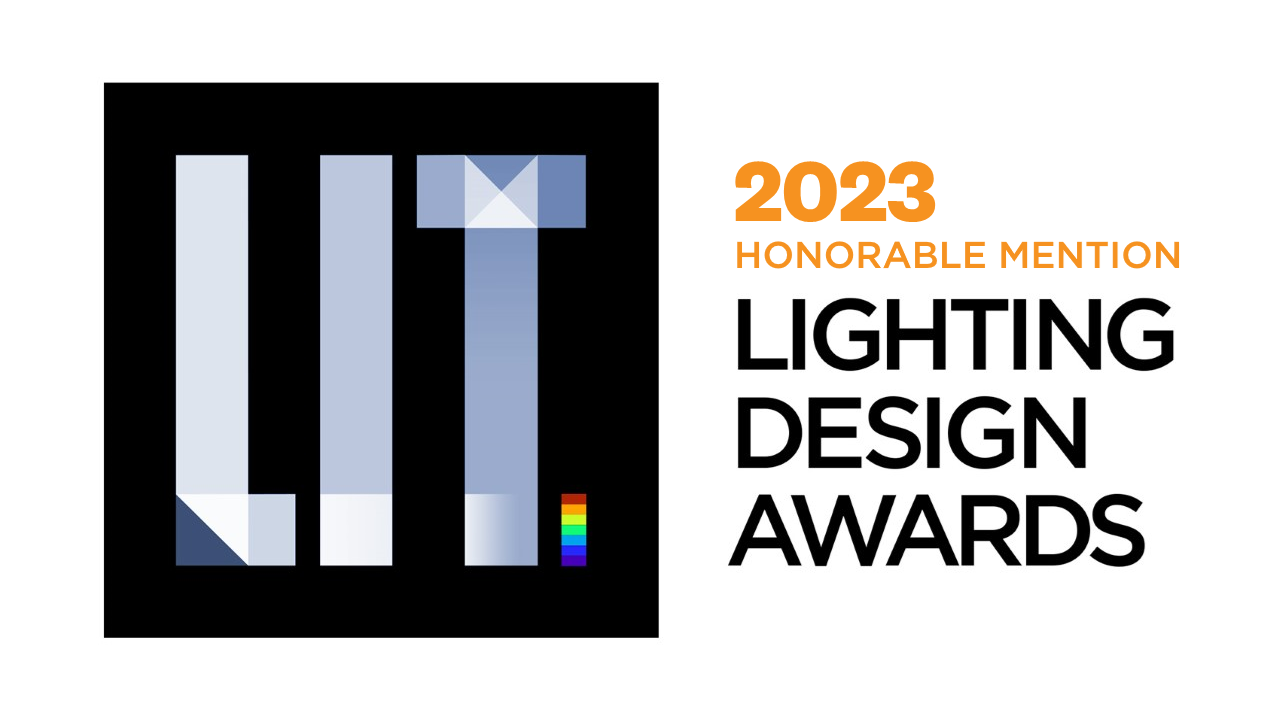Prize(s) Honorable Mentions
Company Kris Lin International Design
Lead Designers Kris Lin
Other Designer's names Anda Yang
Client Sky Walker
Photo Credits KLID
Completion Date 2022.10
Project Location Cangzhou, China
Entry DescriptionI. Project overview
In this project, the combination of coffee and trendy art creates an internet-famous café where coffee enhances the social aspect of the space, while trendy art injects soul into the environment.
Ii. Concept
a.Matrix Lighting
By incorporating trendy art—ROBBi—as the spiritual core of the space and integrating unique artistic expressions with geometric shapes, the repeated patterns collide spontaneously and create two-dimensional artwork in conjunction with the ceiling. Neatly arranged rectangular light fixtures are installed within the architectural structure, integrated with the ceiling, defining the scope of the "gathering place" and bringing more focus to the central area. This creates a strong visual impact throughout the entire space.
b.Atmosphere of Light
The design focus lies in harmonious shapes, characterized by curved contours that contrast with clean lines, symbolizing the beauty of the curvatures found in celestial movements. Diffused indirect lighting is used to illuminate the facade panels, providing soft and comfortable lighting for the users. Stainless steel furniture with polished finishes creates a mirror-like effect, while the combination of lighting and furniture with colored transparent gel textures expresses a futuristic and technological atmosphere in the space.
Sustainability ApproachThe modular matrix lighting installed on the top of the café provides more possibilities for various activities. With multiple lighting adjustment levels, it allows for the proper control of lighting usage, effectively saving energy. In other areas, the lighting fixtures are mostly concealed, and for those that require exposed fixtures, appropriate anti-glare measures have been implemented to reduce light pollution between indoor and outdoor spaces. This design approach adheres to the principles of sustainable development.

